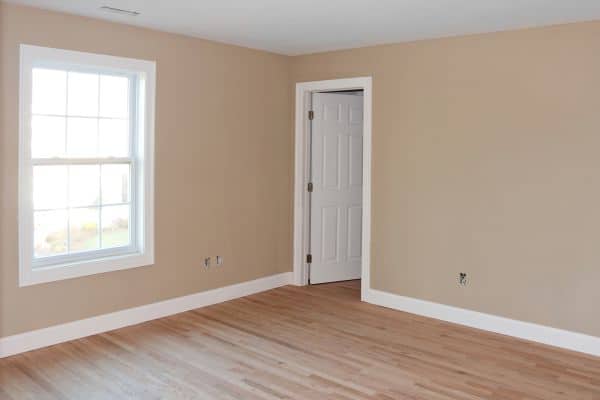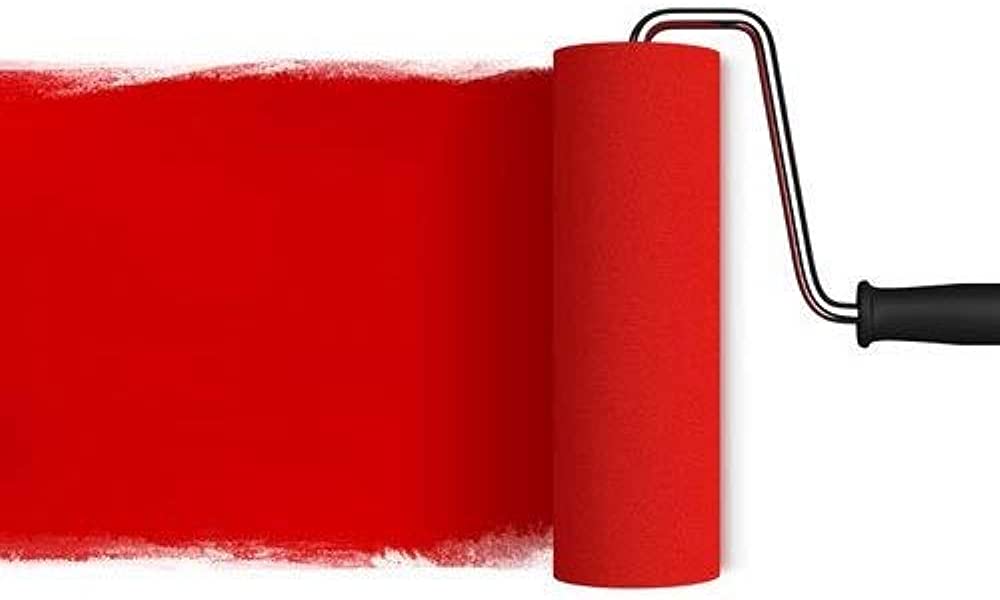Painting your walls can transform the look and feel of your home. However, before you begin painting, it is essential to prepare your walls and surfaces properly. Proper preparation ensures that your paint job will look professional and last for years to come. Here are some tips for preparing your walls and surfaces for painting:
Clean Your Walls and Surfaces
The first step in preparing your walls and surfaces for painting is to clean them thoroughly. Use a mild detergent and warm water to remove any dirt, dust, or grime from your walls and surfaces. If your walls are particularly dirty or greasy, you may need to use a stronger cleaning solution or degreaser. Rinse your walls and surfaces with clean water and allow them to dry completely before moving on to the next step.
Repair Any Damage

Before you begin painting, it is important to repair any damage to your walls and surfaces. This includes filling in any holes or cracks, and smoothing out any rough or uneven areas. Use a spackling compound or filler to fill in any holes or cracks in your walls, and sand the area smooth once it has dried. For larger holes, you may need to use a patching compound and follow the manufacturer’s instructions.
Remove Loose Paint and Wallpaper
If your walls have loose paint or wallpaper, it is important to remove it before you begin painting. Use a scraper or putty knife to remove any loose paint or wallpaper, and sand the area smooth once it has been removed. If you are removing wallpaper, be sure to use a wallpaper removal solution and follow the manufacturer’s instructions.
Protect Your Floors and Furniture
When painting your walls, it is important to protect your floors and furniture from paint splatters and drips. Cover your floors with drop cloths or plastic sheeting, and move your furniture out of the room if possible. If you cannot move your furniture, cover it with plastic sheeting or old sheets to protect it from paint splatters.
Apply Primer
Before you begin painting your walls, it is important to apply a primer. Primer helps to seal your walls and surfaces, and provides a smooth, even surface for your paint to adhere to. Apply a thin, even coat of primer to your walls and surfaces, and allow it to dry completely before moving on to the next step.
Preparing your walls and surfaces for painting is an important step in achieving a professional-looking paint job. By following these tips, you can ensure that your paint job will look great and last for years to come. Remember to clean your walls and surfaces, repair any damage, remove loose paint and wallpaper, protect your floors and furniture, and apply a primer before you begin painting. With a little preparation, you can transform the look and feel of your home with a fresh coat of paint.



